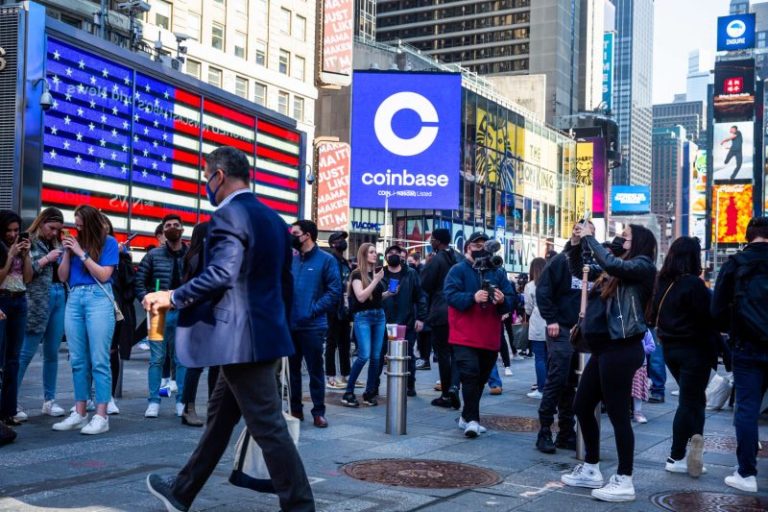Toy and gaming giant Hasbro took an optimistic tone Thursday on the potential effect of Chinese tariffs on its business, as executives said the company is shifting manufacturing away from China.
Hasbro Chief Financial Officer Gina Goetter said on the company’s fourth-quarter earnings call that the toymaker’s 2025 guidance — which includes adjusted EBITDA of $1.1 billion to $1.15 billion, compared with $1.06 billion in 2024 — reflects the anticipated effect of U.S. tariffs on China, Mexico and Canada. It also reflects “mitigating actions we plan to take, including leveraging the strength of our supply chain and potential pricing,” the company said in a news release.
Rival toymaker Mattel previously said it could increase the prices of toys such as Hot Wheels and Barbie in response to tariffs. President Donald Trump imposed 10% tariffs on China in early February and is set to add 25% tariffs on Mexico and Canada in March after pausing their initial implementation for 30 days.
Hasbro is on track to cut the volume of U.S. toys and games that originate from China from 50% to less than 40% over the next two years, Goetter said. Hasbro does not source from Canada and has “minimal” imports from Mexico, she said.
“Really, it’s a China story for us,” Goetter said.
Hasbro CEO Chris Cocks said on the call that even when accounting for tariffs, the toymaker expects “flattish” performance from the broader industry this year, with trading cards and building blocks leading the way. The company’s licensing business, he added, is one of its biggest margin drivers and will not be affected much by tariffs.
“It’s relatively [unexposed] to some of the tariff drama that’s going on right now,” Cocks said.
Hasbro also on Thursday announced a licensing collaboration with Mattel to create Play-Doh versions of Mattel’s Barbie dolls.
“Play-Doh Barbie allows children to unlock their inner fashion designer, creating Play-Doh fashions with amazing ruffles, bows and realistic fabric textures, all made with every kid’s favorite dough for a never-before-seen creativity experience,” Cocks said.
Shares of Hasbro gained roughly 10% in morning trading Thursday.
Here’s how Hasbro performed in the fourth quarter compared with what Wall Street was expecting, based on a survey of analysts by LSEG:
Earnings per share: 46 cents adjusted vs. 34 cents expected
Revenue: $1.1 billion vs. $1.03 billion expected
Fourth-quarter revenue fell 15% from $1.29 billion during the same quarter in 2023. Full-year 2024 revenue came in at $4.14 billion, down 17% from $5 billion in 2023.
The company partially attributed the numbers to its divestiture from its eOne film and TV business, which it sold to Lionsgate in December 2023. When excluding the divestiture, the company said, full-year revenue declined 7%.
Hasbro’s digital and licensed gaming revenue increased 35% to $132 million in the fourth quarter compared to the same period in 2023. For full-year 2024, Hasbro’s digital and licensed gaming revenue increased 22% to $471.7 million. Mobile game Monopoly Go! contributed $112 million in 2024 revenue.
Hasbro reported a net loss for the fourth quarter of $26.5 million, or a loss of 25 cents per share, compared with a net loss of $1.06 billion, or a loss of $7.64 per share, during the fourth quarter of 2023.
Adjusting for costs associated with restructuring and the eOne divestiture, among other one-time items, Hasbro reported fourth-quarter earnings of 46 cents per share, topping Wall Street expectations.










